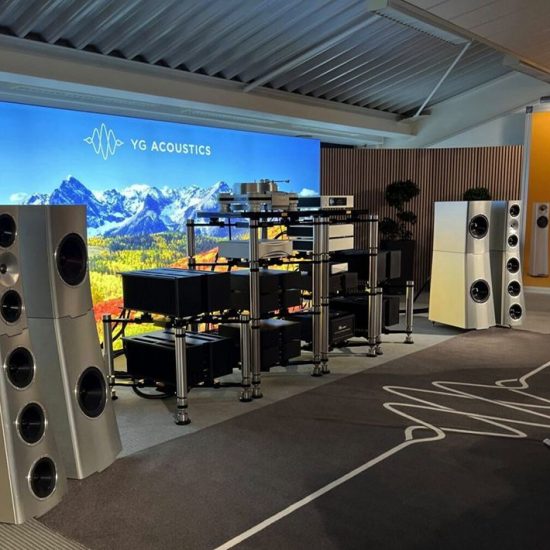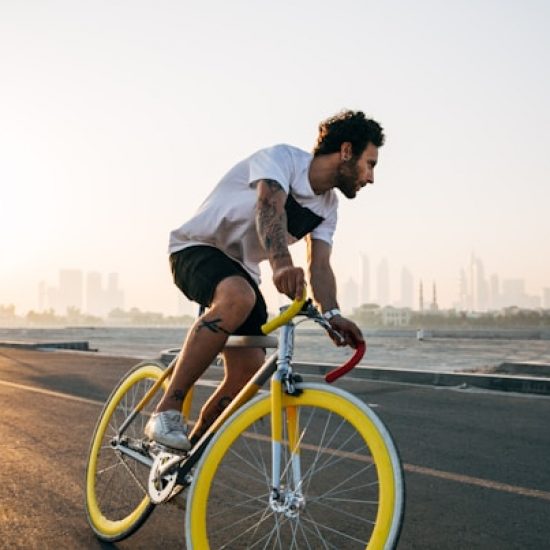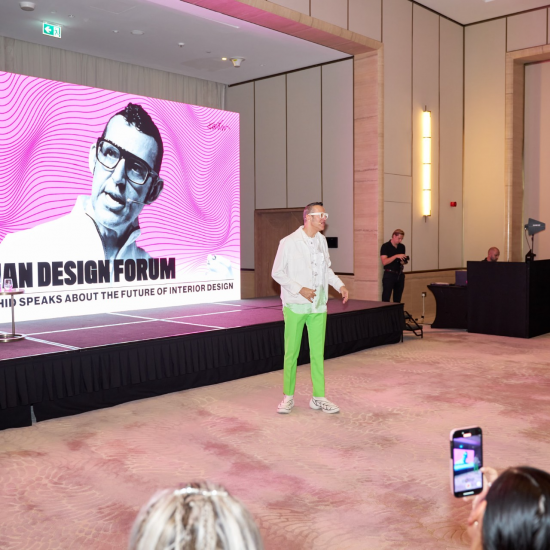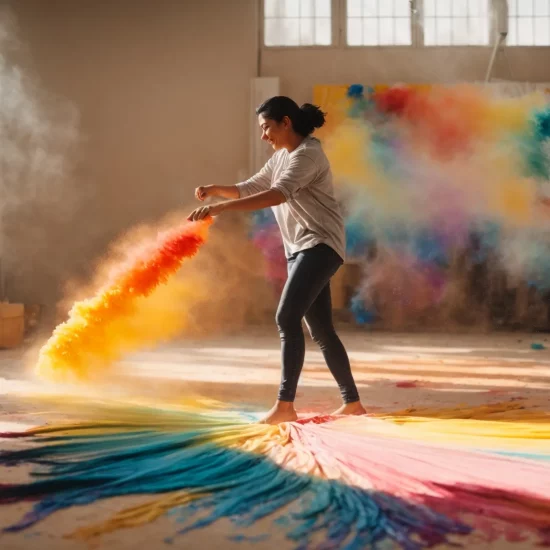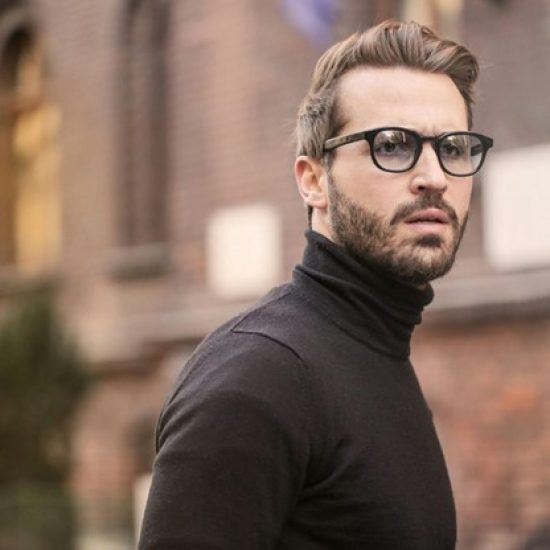
If you stand close to one of Marwan Sahmarani’s paintings and examine a small section, you find yourself being pulled into a swirling mass of colour and texture, a seemingly abstract formation of thickly-applied oil paints.
It is testament to the Lebanese artist’s mastery of the medium that, as his viewers take in each work as a whole, its stories reveal themselves easily. In his latest show, the tales are heartbreaking realities of our time.
In the painting titled Alep, named after the besieged Syrian city of Aleppo, Sahmarani depicts a seething mass of people – just churning strokes of flesh-coloured paint, but at the same time immediately recognisable as human.
A figure emerges from the centre holding what seems like an oar and tries to guide a boat stranded in a choppy sea. Neither the vessel nor the refugees that fill it to bursting point are realistically depicted but they are conjured in the mind’s eye because they recall images of desperate people we have seen on so many TV news broadcasts.
In the seven-metre-long masterpiece, titled Tribute to a Tragedy, the scene continues. Again, neither boat nor individuals are shown with clarity but the confusion and panic is clear in the twisting sprawl of flesh-coloured strokes, dotted with flecks of red, yellow, blue and green.
The voluminous hall of the Leila Heller Gallery’s main space belies the scale of the painting, which the artist painted in panels and did not see in its entirety until it was hung for this show – yet another reason to applaud his talent.
On the opposite wall, Sahmarani’s I Had a Dream series also focuses on the plight of the refugees of the region. This time, they snake in lines, queuing in the hope of a better life but thwarted in the foreground when they run up against barbed wire.
Other pieces include landscapes painted during a residency in Spain. Perhaps they are meant to offer relief from the painful stories – but somehow they are just as haunting.
The timely subject matter and spectacle of this show make it one of the strongest in the UAE right now. All credit therefore, to the gallery’s curators that a secondary show in their smaller hall complements it in surprisingly relevant ways.
The Second Coming is the first solo exhibition in the Middle East by a New York-based artistic collective called the Bruce High Quality Foundation. Known for anti-establishment and absurd artworks, the group’s work is stylistically a departure from Sahmarani’s oil paintings, but also has its roots in protest.
The exhibition features a central sculpture of a horse, plated in gold-leaf and with a headless rider. It is based on the statue of Joan of Arc in Paris but with her head replaced by a domestic fan. She is a warrior, yet powerless.
It is no coincidence that this exhibition is happening at the same time as heated electoral debates in France – and the Jeanne d’Arc statue is the site of right-wing Front National marches in the French capital.
These artists, therefore, are reclaiming the statue, while questioning the rise of what they see as totalitarian tendencies across the world.
The horse is fitted with speakers, through which a recitation of the poem The Second Coming by William Yeats is played. It speaks of anarchy “loosed upon the world” and innocence being drowned, and is central to the understanding of this piece of art, which also warns of an ominous future.
The sculpture is surrounded by paintings of falcons and pigeons, which are characters in the poem but, unlike people living under totalitarian regimes, are free and able to fly across borders unhindered.
The references are clear and the talking points boundless.
• Marwan Sahmarani: Drifting Island and The Bruce High Quality Foundation: The Second Coming run until June 4 at Leila Heller Gallery, Alserkal Avenue, Dubai.



